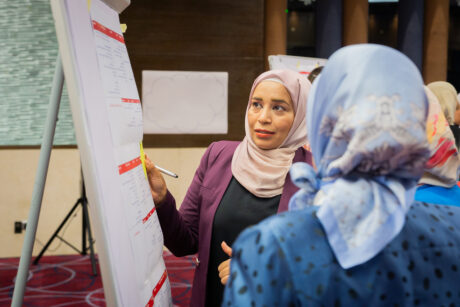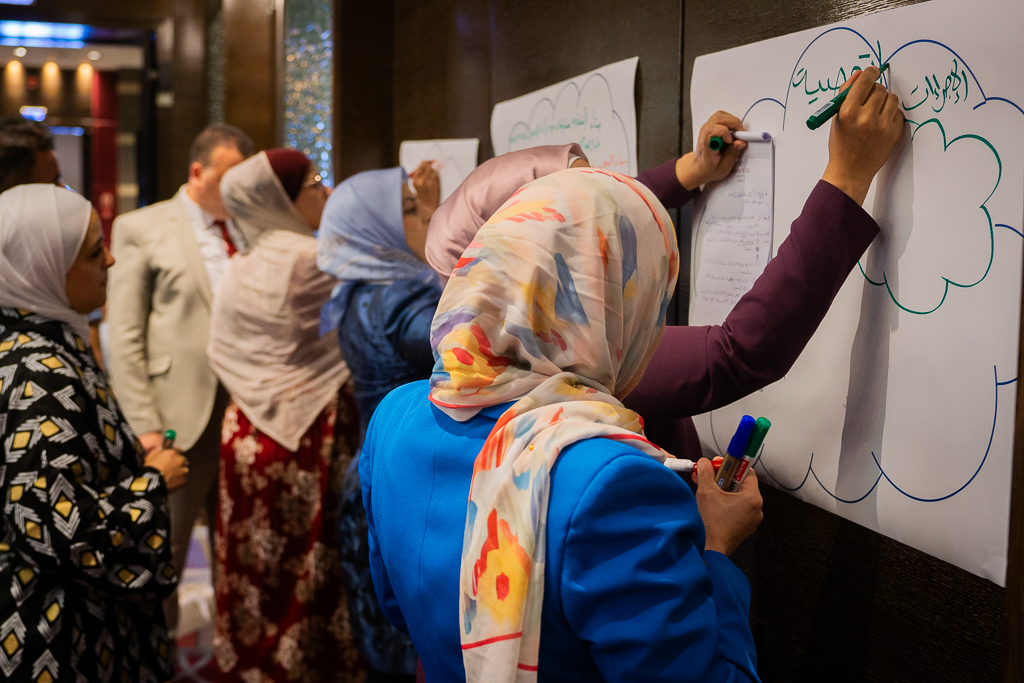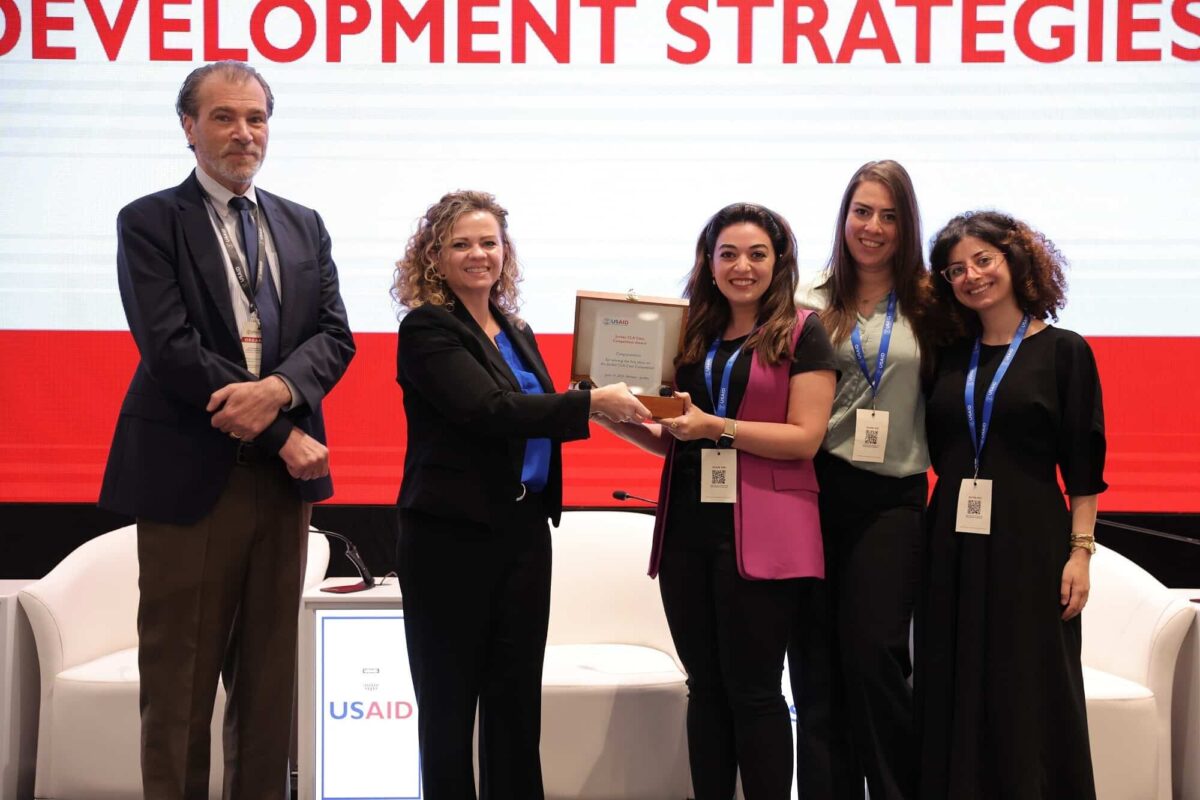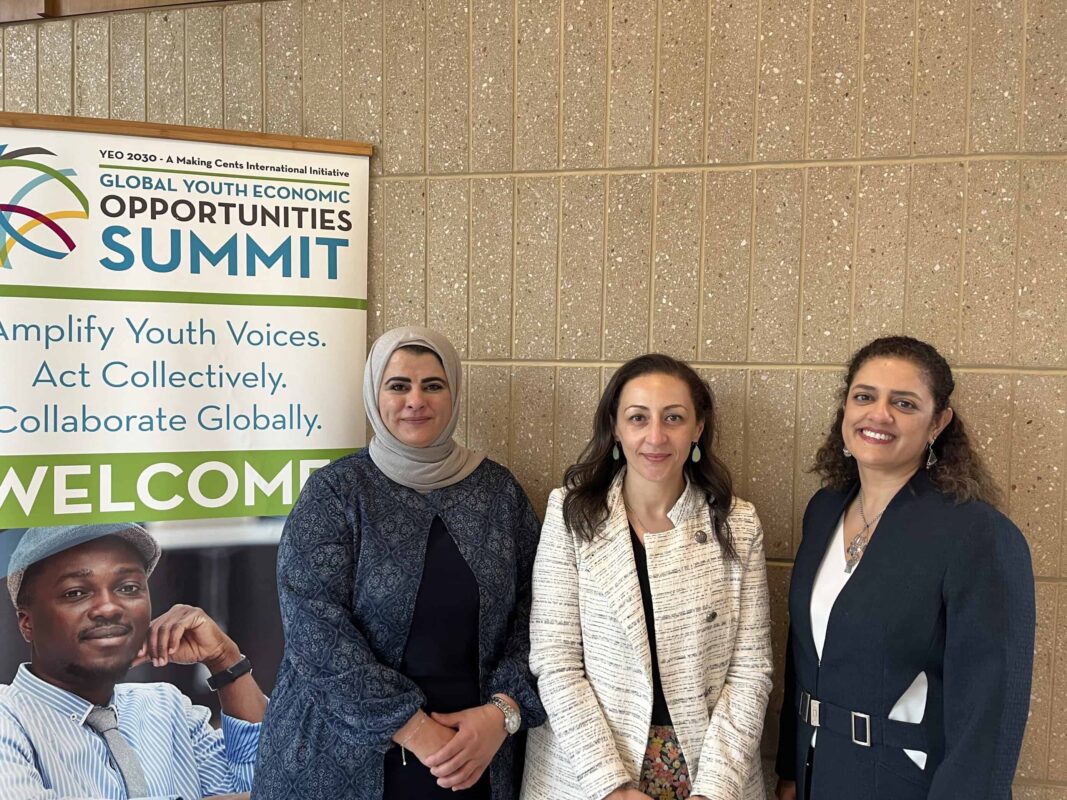Classroom learning can present significant challenges for students with impaired hearing, as traditional teaching methods often rely heavily on verbal instruction and auditory cues. In a pioneering effort to enhance education for children with disabilities, Jordan’s Ministry of Education and the National Center for Curriculum Development, in collaboration with USAID’s Jordan Technical Assistance Program (JTAP), has embarked on an innovative project that integrates sign language into educational materials.
Students with hearing impairments may struggle to follow lectures, participate in discussions and access spoken information, hindering their overall learning experience and academic performance. Without adequate support and resources, such as sign language interpreters or visual aids, these students are at a disadvantage, making it essential to develop education for children with disabilities strategies that cater to their unique needs.
“Teaching the Arabic language to students with hearing disabilities was a significant challenge due to communication barriers for both the teacher and the students,” says Da’ad Al-Sa’adi, a teacher at Marka School for Hearing Impaired Students. “Although we attempted to overcome these challenges by employing various mechanisms, such as role-playing during class and collaborating with parents, it was not enough.”
This initiative, a first for Jordan’s Ministry of Education, will produce 60 videos recorded entirely by deaf and mute students throughout the 2024/2025 school year. The videos will feature texts from Arabic language support materials in both sign language and audio, significantly improving accessibility for students with hearing disabilities.
The production of these videos has been a coordinated effort involving multiple stakeholders, including the Marka School for Hearing Impaired Students. JTAP’s technical team played a crucial role in providing voiceovers and supervising the filming of the sign language segments, collaborating with the Higher Council for the Rights of Persons with Disabilities to ensure the quality of the sign language translation.
“This marked the first time that students themselves, through the power of sign language, were actively involved in the creation of learning resources,” says Dr. Hedaya Al-Razzoq, JTAP’s Education and Curriculum Advisor.
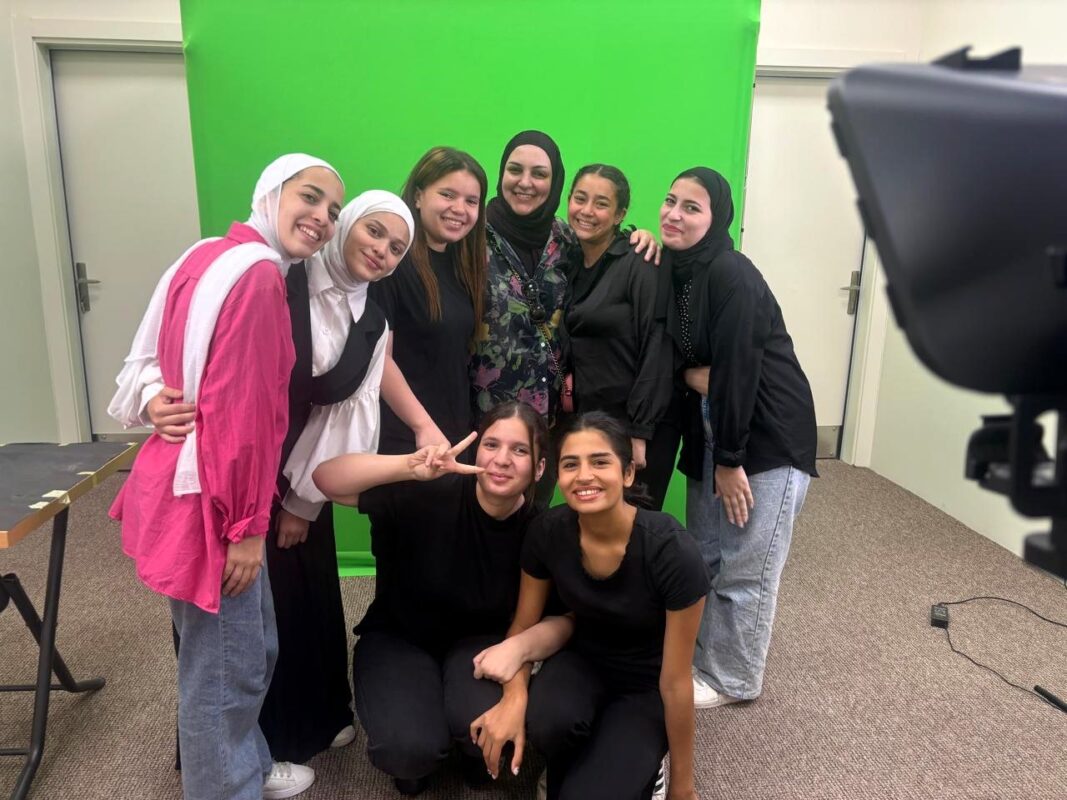
The first round of videos has already reached schools across Jordan’s three regions — center, north and south. In the first semester, 12 videos have already been distributed to schools, and 18 are in production.
“With the integration of sign language videos into the Arabic language support materials, I noticed an improvement in students’ concentration during classes, as well as an increase in classroom participation and interaction with the lesson content.” Al-Sa’adi says. “Now, students with hearing disabilities are enjoying the Arabic language class and eagerly looking forward to it.”
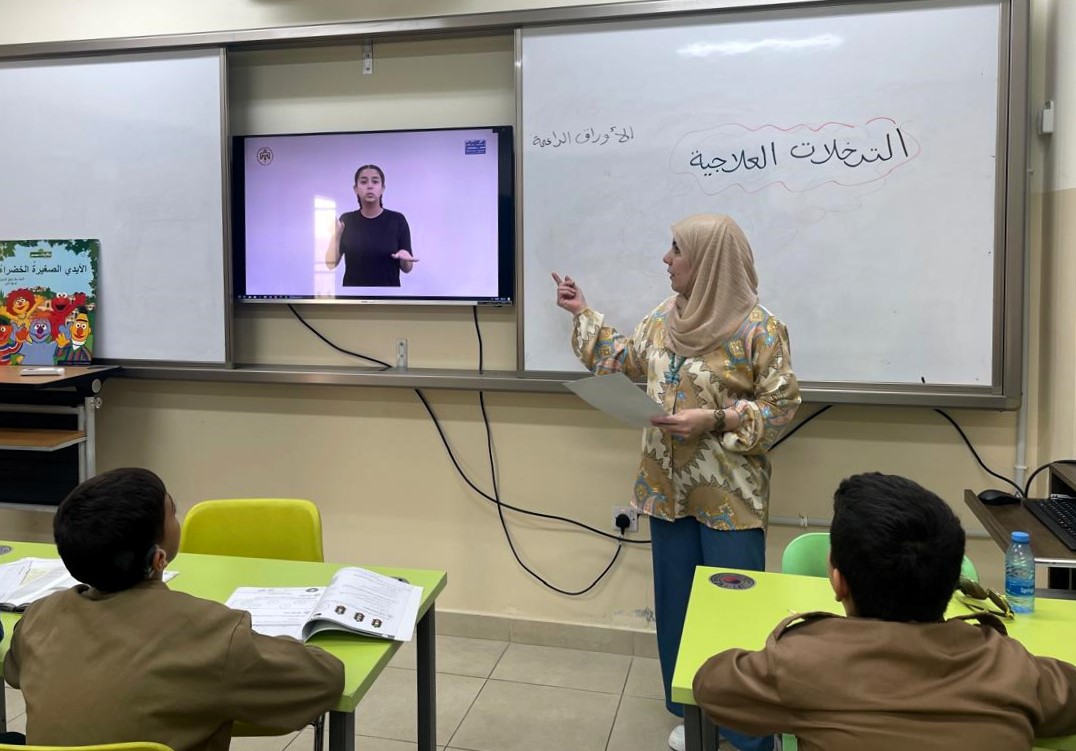
In the second semester, a further 30 videos will be distributed along with booklets that integrate the sign language videos through QR codes. Teachers and students can easily access the videos by scanning the QR codes using smart devices, making the learning process more interactive. This technological advancement represents a significant step forward in making educational tools accessible to all students, regardless of their disabilities.
“The project represents a significant step forward in inclusive education and supports Jordan’s broader vision for economic modernization, particularly in fostering leadership and innovation,” says Dr. Al-Razzoq. “By building a more integrated and equitable education system, we are not only empowering students with special needs but also contributing to the country’s educational and economic development.”
JTAP is actively collecting feedback to refine the videos and enhance their methodology for the second semester.
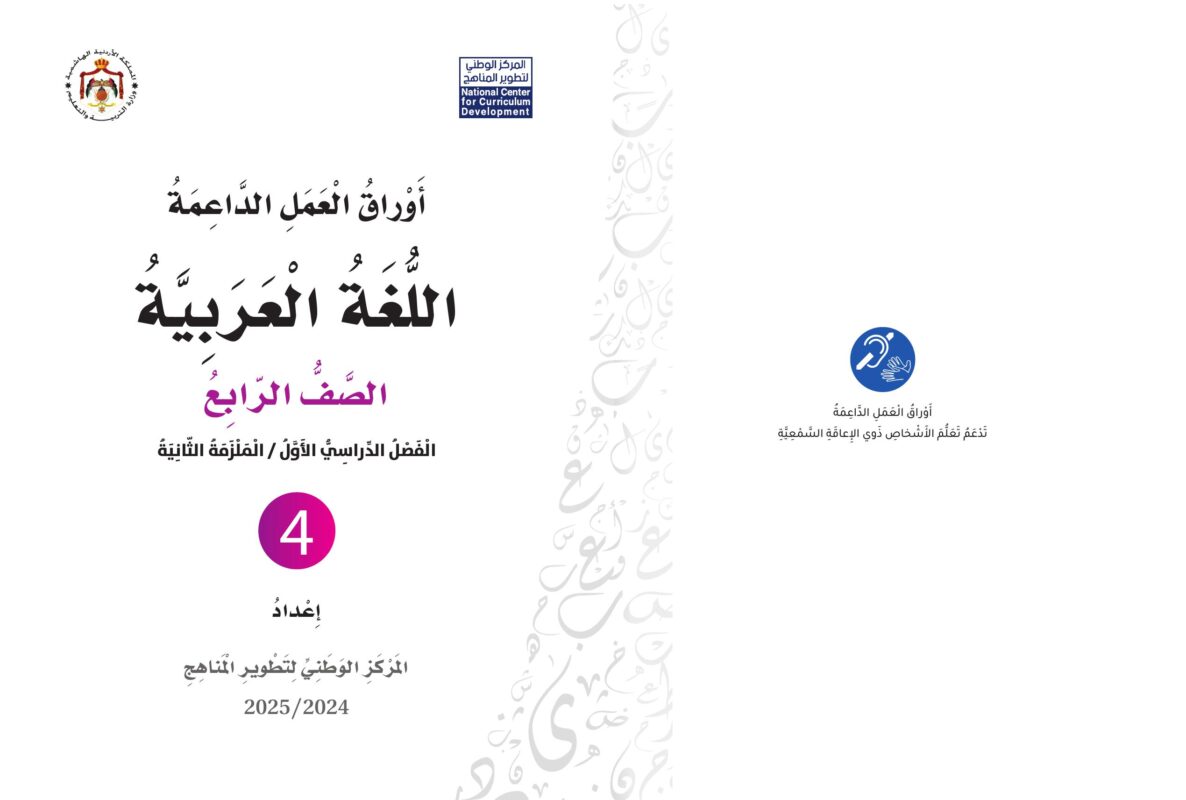
“To ensure the sustainability of this initiative, we are developing a comprehensive procedural guide,” explains Dr. Al-Razzoq. “This guide will document best practices, applications, and recommendations, providing a roadmap for the Ministry of Education and the National Center for Curriculum Development to replicate and expand upon this success in future efforts. It stands as a testament to the power of collaboration, innovation, and a shared commitment to inclusive education.”
